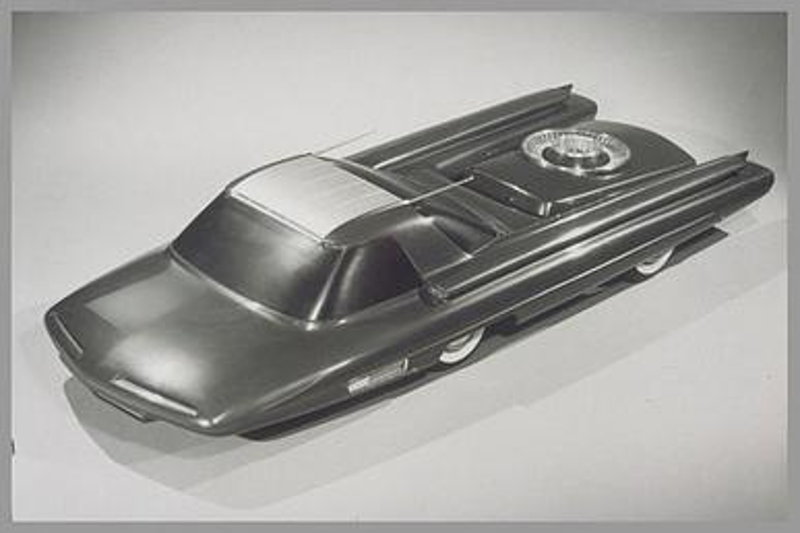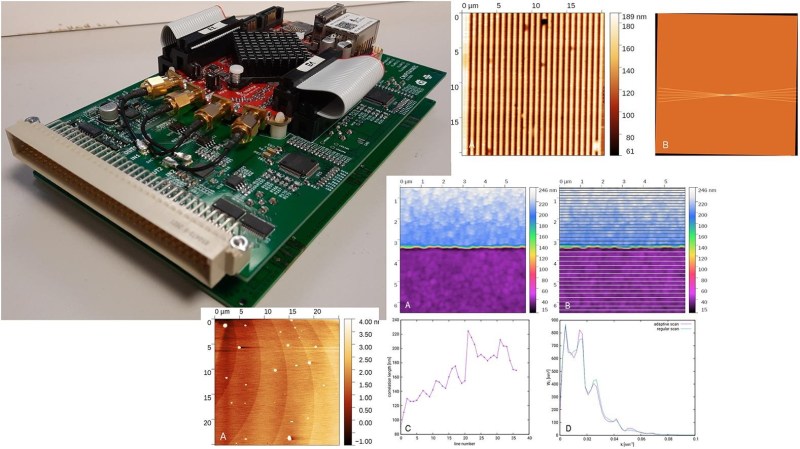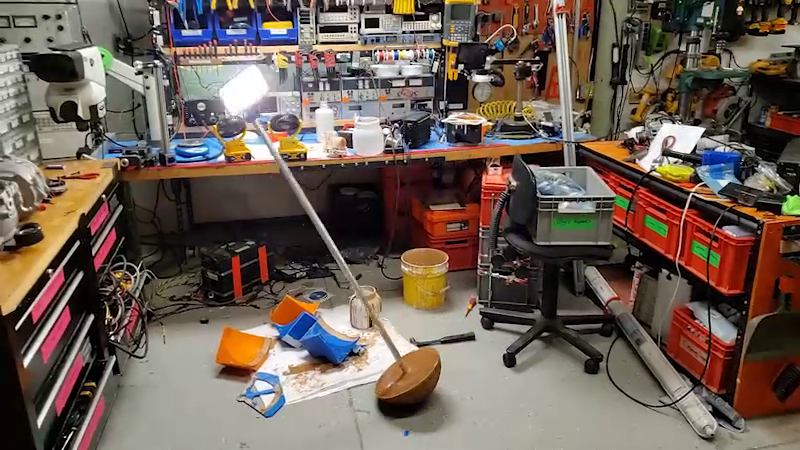
We think of electric cars as a new invention, but even Thomas Edison had one. It isn’t so much that the idea is new, but the practical realization for normal consumer vehicles is pretty recent. Even in 1958, Ford wanted an electric car. But not just a regular electric car. The Ford Nucleon would carry a small nuclear reactor and get 5,000 miles without a fillup.
Of course, the car was never actually built. Making a reactor small and safe enough to power a passenger car is something we can’t do even today. The real problem, according to experts, is not building a reactor small enough but in dealing with all the heat produced.
In a conventional engine, it is easy to dump the majority of the excess heat out of the tailpipe and handle a small amount via heat exchange in the radiator. However, with a nuclear reactor, you need a way to exchange heat since none of the radioactive gas can escape.
Not that Ford engineers were clueless — they just thought the technology would advance rapidly. The 3/8 scale model makes it clear they knew there would be weight at the reactor-end of the vehicle and that it would require massive radiators.
As for small reactors, NASA’s KRUSTY is a good example. It weighs about 300 pounds and produces about 1kW. A V8 engine weighs more than that, although it also puts out quite a bit more power.
We doubt anyone would want to drive around on top of a nuclear reactor. But it will probably be possible eventually. Reactors are getting smaller. But we don’t know how you’d make room for this.






0 Commentaires